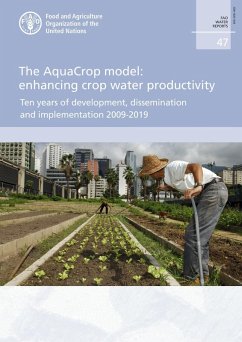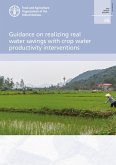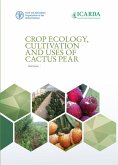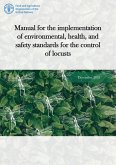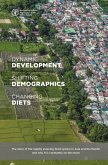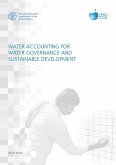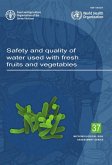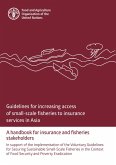In 2009, FAO officially launched AquaCrop, being the result of several years of collaborative work among scientists, water and crop specialists and practitioners worldwide, bringing together previously fragmented information on crop yields in response to water use and water deficit. AquaCrop has evolved over the different versions released since its first launch, but it always balances accuracy, simplicity and robustness. This has enabled it to remain faithful to its goal, i.e., to be a dynamic tool accessible to several types of users, mainly practitioner-type end users, in different disciplines and for a wide range of applications. In addition, AquaCrop may be considered a valuable tool by research scientists for analysis and conceptualization.
Dieser Download kann aus rechtlichen Gründen nur mit Rechnungsadresse in A, B, CY, CZ, D, DK, EW, E, FIN, F, GR, H, IRL, I, LT, L, LR, M, NL, PL, P, R, S, SLO, SK ausgeliefert werden.
Hinweis: Dieser Artikel kann nur an eine deutsche Lieferadresse ausgeliefert werden.

